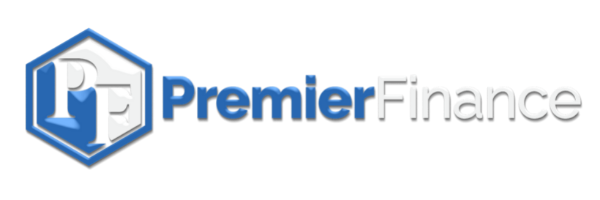Running a business often means balancing opportunity with risk — especially when it comes to managing cashflow. Discover how smart funding decisions can protect your working capital, improve cashflow, and keep your business ready for new opportunities. In this article, we explore a practical example that shows why using finance strategically can strengthen liquidity, reduce stress, and help businesses grow without draining their own reserves.
The Scenario
A business has R1 000 000 in its account and needs R500 000 to run a new project before receiving payment.
The owner faces two options:
- Use their own working capital, or
- Use a 90-day revolving facility to fund the project.
Let’s look at how each choice impacts cashflow and financial flexibility.
Scenario A: Using Own Funds
The business uses R500 000 of its own money to cover project expenses. That leaves R500 000 in the account to manage monthly operating costs and emergencies.
With half of its working capital tied up, the business now faces cashflow pressure. If new opportunities arise or there are unexpected costs, there’s limited room to manoeuvre.
By the end of the first month, only R500 000 remains available. Any project delay or additional expense could strain operations — and a lower bank balance may reduce the business’s affordability rating with lenders, making it harder to access finance later.
Scenario B: Using a 90-Day Revolving Facility
Instead of using its own funds, the business secures a R500 000 revolving facility at a total cost of R42 500 over 90 days.
The project is now funded using the financier’s capital, while the business keeps its full R1 000 000 in the bank.
- Month 1: After the first repayment, the business still has over R800 000 available.
- Month 2: After the next repayment, it maintains more than R600 000 liquidity.
- Month 3: The project is completed and paid out early, so the business settles the facility ahead of schedule and reduces total cost to R28 333.
Throughout the process, the business stays liquid, pays suppliers on time, and remains positioned to take on additional work.
Why Scenario B Makes Better Business Sense
When a business funds a project using its own cash, it limits its flexibility. Delays, rising costs, or new opportunities can quickly deplete reserves. Once cashflow weakens, the business’s affordability score drops, and lenders may decline future funding.
Using a revolving facility allows the business to fund operations without disrupting its working capital. The cost of finance becomes a manageable project expense, while the business maintains strong bank balances and financial stability.
This approach keeps cash available for day-to-day needs, emergencies, and growth — instead of locking it away in a single project.

Timing Is Everything
It’s important to understand that a revolving facility is only available to businesses that can prove they have steady cashflow and can afford repayments.
That’s why timing is critical — you should apply for funding while your bank account reflects a healthy balance, not when cash is already depleted.
In Scenario A, if the business had waited until funds ran low before applying, it might not have qualified for a facility. The best time to apply is before using your own capital, while your business still demonstrates affordability.
This ensures you can secure the funding you need and keep control of your cash position.
The Hidden Cost of Lost Opportunities
Many business owners avoid finance because they view it as an unnecessary expense. But avoiding finance often comes with a hidden cost — the cost of missed opportunities.
When your funds are tied up, you may have to say no to:
- New contracts or bulk orders,
- Supplier discounts for early payments,
- Short-notice projects with high profit potential, or
- Expansion opportunities that require upfront investment.
Each missed opportunity carries a cost that can far outweigh the small financing fee.
In this case, the business paid R28 333 for the facility — but maintained strong liquidity throughout the project, keeping its own capital available for operating expenses, emergencies, and new opportunities. The cost of finance wasn’t an expense; it was a return on flexibility and control.
The Takeaway
Cashflow is the foundation of every business. A revolving facility gives you the freedom to:
- Keep your working capital intact,
- Fund projects or orders without strain,
- Manage unforeseen costs confidently, and
- Maintain a healthy financial profile for future funding.
Applying for finance while your business is in a strong cash position ensures you have access to capital when it matters most.
Finance isn’t just a fallback option — it’s a strategic tool to strengthen your cashflow and grow your business sustainably.
👉 Learn how a Revolving Facility can help your business fund growth without depleting working capital.
Contact Premier Finance to explore your options.

